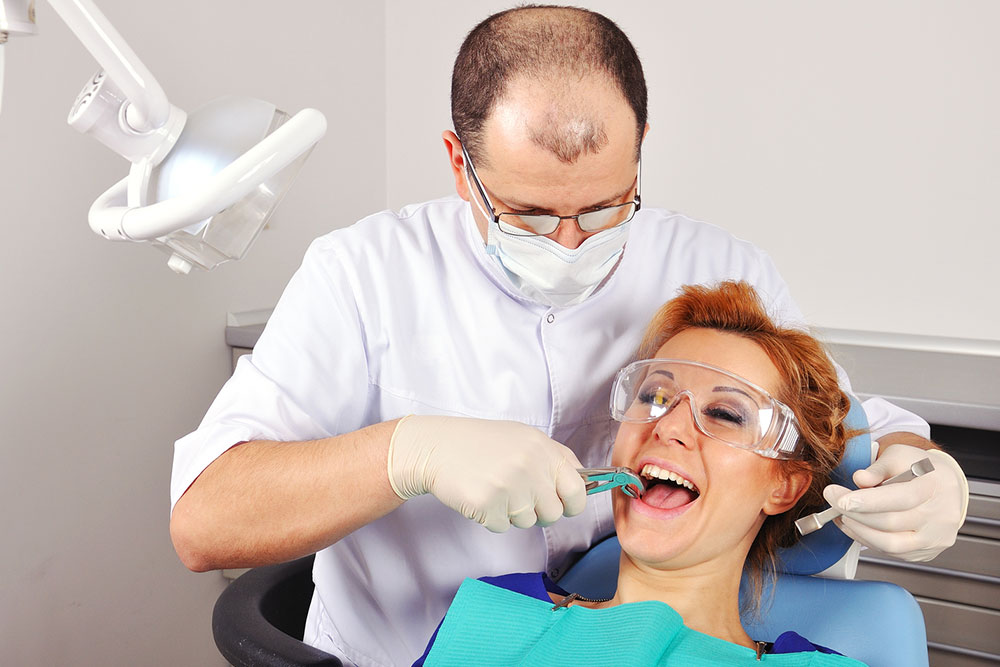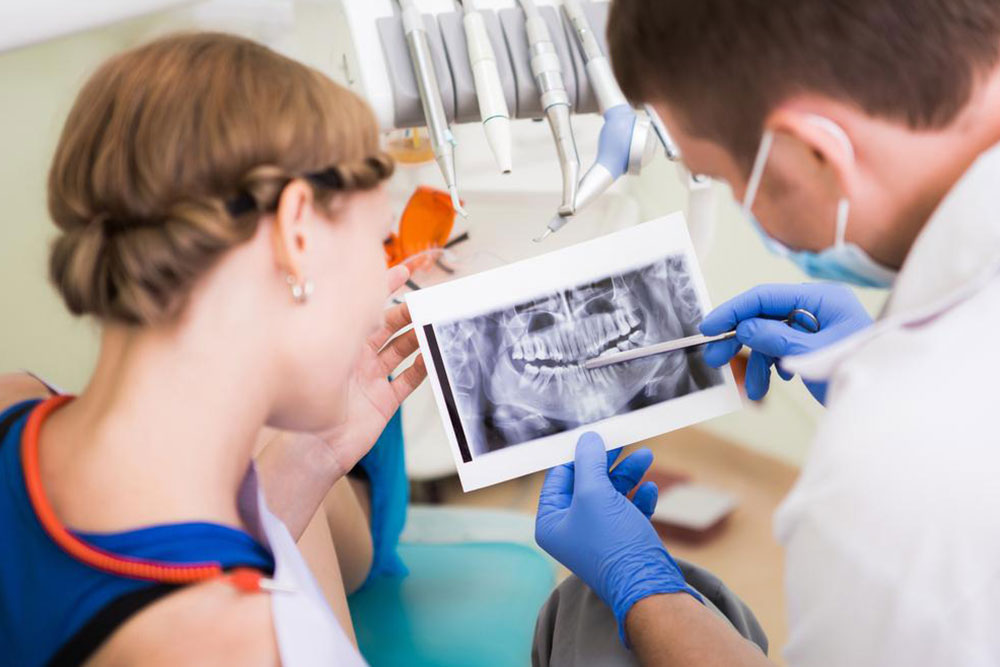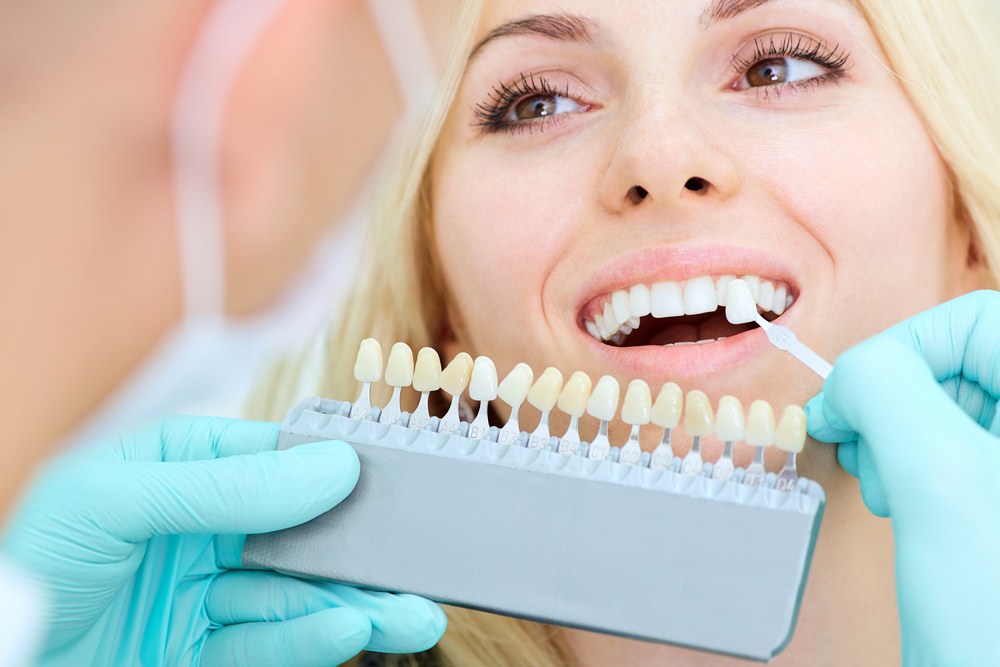Essential Guide to Preparing for a Tooth Extraction
Learn essential steps for preparing for a tooth extraction, including dental and patient preparations, anesthesia, and post-operative care. This guide helps ensure a smooth procedure and recovery, highlighting key considerations for various medical scenarios and patient comfort.

Guidelines for Getting Ready for a Tooth Extraction
Dental extractions are often necessary when a tooth suffers severe decay that cannot be remedied with crowns or fillings. There are other situations warranting extraction, such as retained baby teeth or complications due to chemotherapy, radiation therapy, or organ transplants, which can weaken immunity and lead to infections that require removal.
Sometimes, pediatric or teenage patients need extractions to create space in the mouth as advised by orthodontists. Wisdom teeth removal is also common due to cysts, infections, or impaction that causes discomfort and swelling. Proper preparation is key to a smooth procedure. Here’s what to expect.
Dental Preparation
Prior to extraction, the dentist may recommend a panoramic X-ray to visualize all teeth simultaneously.
This imaging helps assess the position of upper teeth relative to sinuses, the lower jaw’s relationship with the inferior alveolar nerve, and can reveal any infections or damaged teeth.
If necessary, your dentist might prescribe antibiotics beforehand, especially if the procedure is lengthy, you have a compromised immune system, or certain health conditions are present. This may involve taking antibiotics for several days prior.
Local anesthesia is administered using spray and injections to numb the gums, ensuring a painless procedure.
Patient Preparation
Avoid eating or drinking 6-8 hours before the procedure.
If experiencing a cold or nasal congestion, inform your dentist.
Wear short-sleeved clothing to facilitate easy intravenous anesthesia administration.
Post-Procedure Care
Following extraction, your dentist will provide detailed aftercare instructions, including pain management medications. Typically, pain diminishes within 2-3 days, and a follow-up appointment will be scheduled to monitor healing.
Important Reminder:
The information provided here is for educational purposes only and does not substitute professional medical advice. Always consult licensed healthcare providers for diagnosis and treatment options. Do not rely solely on online content for medical decisions.










